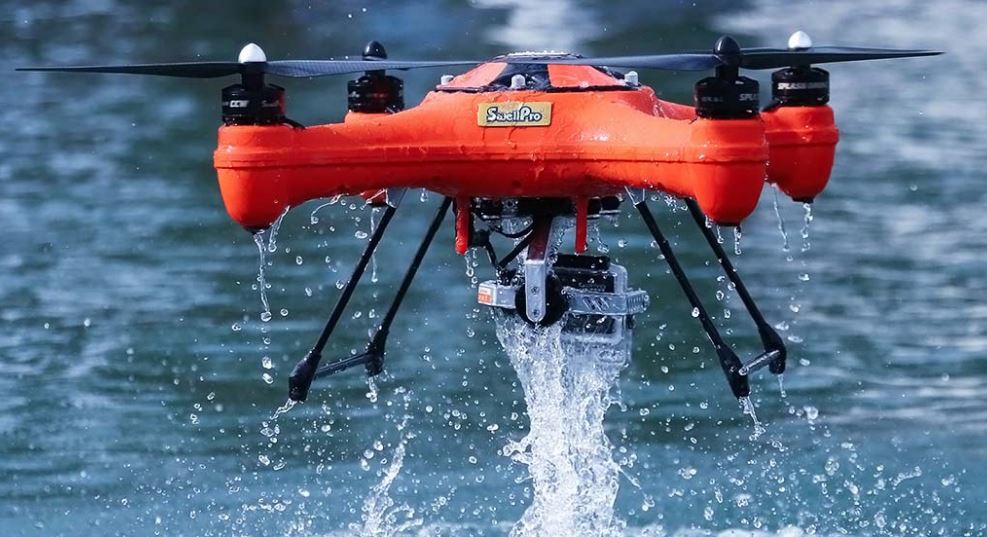How to Waterproof Your Drone for Rain and Water Landings
Drones have become indispensable tools for photography, surveying, and exploration, but their vulnerability to water exposure remains a major challenge. Whether flying in rainy conditions or attempting water landings, waterproofing a drone is crucial for ensuring its longevity and optimal performance. By taking the right precautions and using appropriate waterproofing techniques, drone pilots can protect their equipment and expand their operational capabilities.
The first step in waterproofing a drone is identifying its vulnerable components. Electronic parts, such as the battery, motors, and circuit boards, are particularly sensitive to moisture. To safeguard these elements, applying conformal coatings is an effective solution. These coatings create a protective barrier against water while allowing heat dissipation. Silicone, acrylic, and urethane-based conformal coatings are commonly used to shield electronic circuits from moisture damage.
In addition to coating internal components, sealing external parts is equally important. Using waterproof adhesives, sealants, and rubber gaskets around motor housings, battery compartments, and connection points helps prevent water ingress. Specially designed waterproof casings and enclosures can also provide additional protection, making drones more resistant to wet conditions. Applying dielectric grease to connectors further prevents corrosion and short circuits caused by water exposure.
Another effective approach to waterproofing drones is the use of hydrophobic sprays and nano-coatings. These treatments repel water on a microscopic level, reducing the likelihood of water droplets adhering to the drone’s surface. While these coatings offer an extra layer of defense, they are most effective when combined with other waterproofing techniques.
For drone pilots who frequently operate in wet environments, investing in water-resistant or waterproof drones can be a game-changer. Some manufacturers produce drones designed to withstand water exposure, featuring sealed components and buoyant designs that enable safe water landings. However, if modifying an existing drone, attaching floating landing gear can help prevent it from sinking in case of accidental water contact.
Aside from hardware modifications, proper flight planning plays a critical role in minimizing water-related risks. Avoiding heavy rain, strong winds, and turbulent water surfaces can reduce the chances of water damage. Additionally, regularly inspecting a waterproofed drone for any wear and tear ensures continued protection over time.
In conclusion, waterproofing a drone requires a combination of internal coatings, external sealing, protective gear, and careful flight planning. By implementing these measures, drone operators can safely navigate rainy conditions and even perform controlled water landings without compromising their equipment. As drone technology continues to evolve, advancements in waterproofing solutions will further enhance the capabilities of drones in various weather conditions.
.png)






Leave a Comment
Your email address will not be published. Required fields are marked *